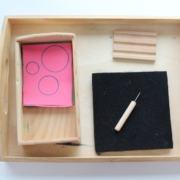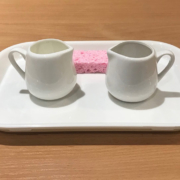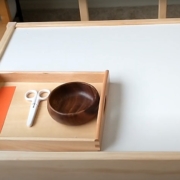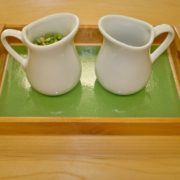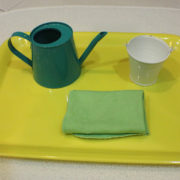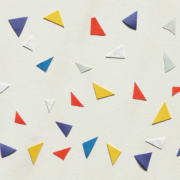Practical life: Pegging
Whilst pegging might sound like a basic skill it has many important developmental benefits. This simple activity requires patience, concentration, dexterity and good eye-hand coordination, plus it strengthens fingers and develops the all-important pincer grip that is essential for writing.

In a Montessori classroom, children will practise pegging with a basket and pegs; using their pincer grip to peg them onto the rim of the basket and then remove them afterwards. Have a look at the below tutorial by Sunshine Teachers Training:
What is particularly great about the above demonstration is the included tips on how to make pegging more interesting and challenging once little ones have mastered the task (ideas that can be reinforced at home). Children can:
- Create patterns with different coloured pegs
- Try wooden pegs, which are slightly more difficult to use than plastic ones
- Attach numbers, letters or words to pegs and ask children to place them in sequence
- Make a clothing line to peg doll’s clothes or napkins
- Use pegs to display art work.
What’s so great about what seems to be something so mundane is that with a little creative thinking it becomes something exciting, which children will enjoy doing again and again.
If you’d like further information about this tutorial, feel free to contact us at info@saintandrewsmontessori.com. We’re happy to answer any questions.


